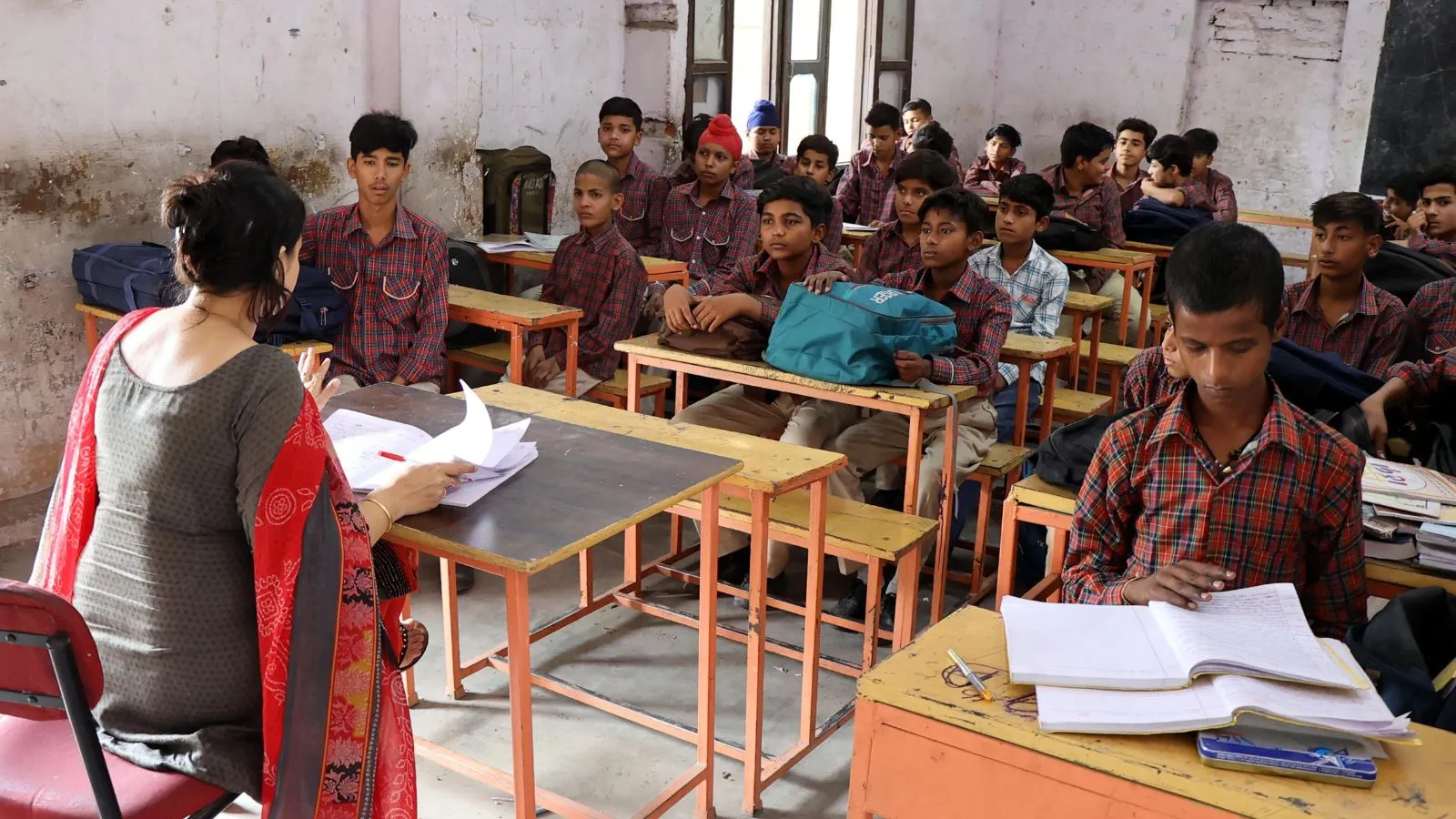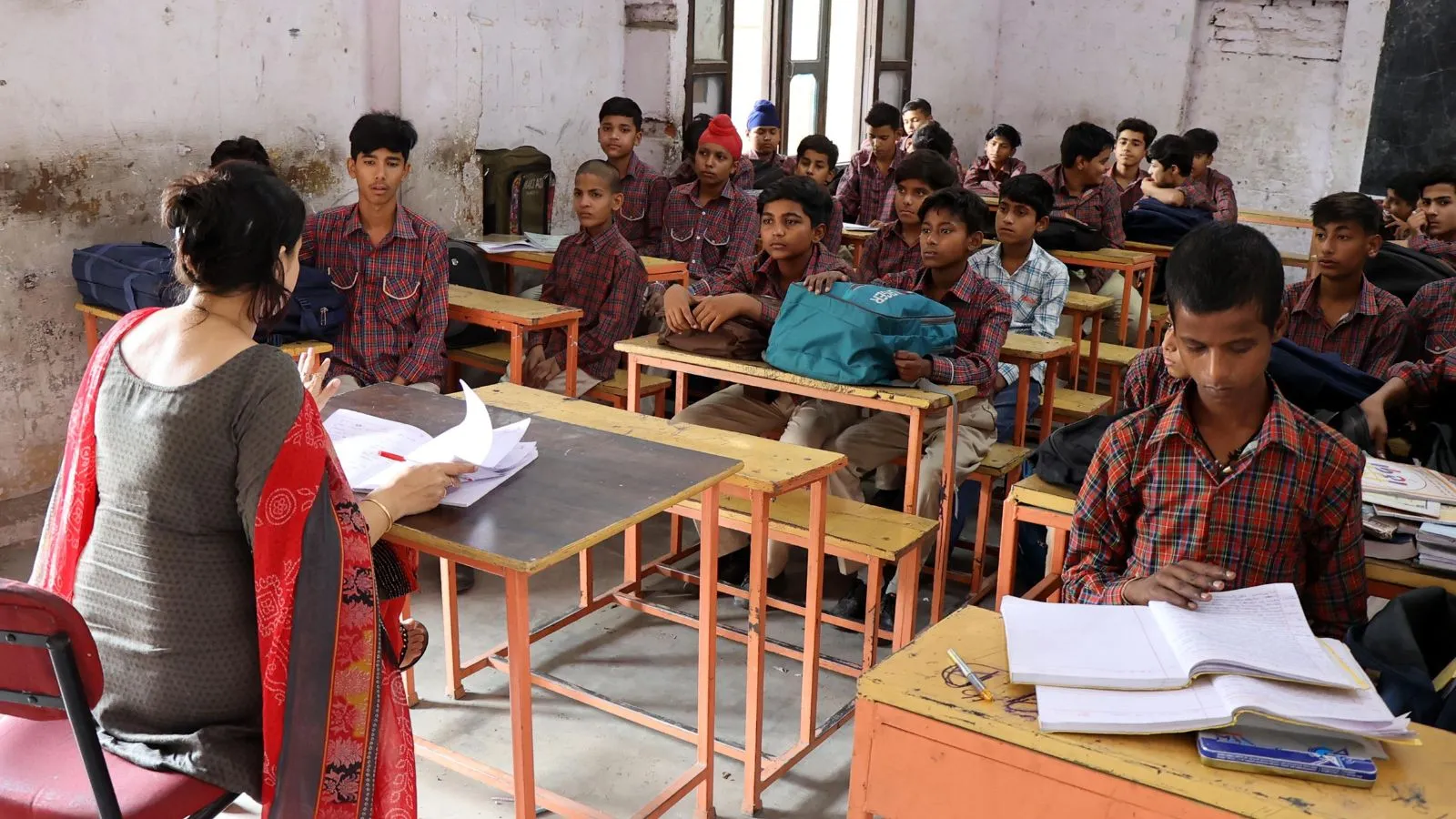Language plays a pivotal role in shaping the educational experiences and outcomes in India. With its linguistic diversity, the Indian education system faces unique challenges and opportunities related to language. This article examines the role of language in the Indian education system, highlighting its impact on learning, policy, and student development.
1. Linguistic Diversity in Indian Education
1.1. Multilingual Classroom Dynamics
Overview: Indian classrooms are often multilingual, with students speaking various languages and dialects.
Key Points:
- Language Backgrounds: Students come from diverse linguistic backgrounds, including regional languages and dialects.
- Educational Materials: Textbooks and learning resources are often available in multiple languages.
Examples:
- Regional Languages: Textbooks in languages like Tamil, Bengali, and Kannada.
- English Medium Schools: Many schools offer education in English, catering to students from different linguistic backgrounds.
1.2. Language of Instruction
Overview: The language of instruction can significantly impact student comprehension and performance.

Key Points:
- Medium of Instruction: Schools may use regional languages, Hindi, or English as the medium of instruction.
- Impact on Learning: The choice of language affects students’ ability to understand and engage with the curriculum.
Examples:
- Government Schools: Often use regional languages or Hindi as the medium of instruction.
- Private Schools: Frequently use English, which can influence students’ proficiency in other languages.
2. Language Policy and Education
2.1. Language Policies in Education
Overview: Language policies shape the educational landscape, influencing language use and educational practices.
Key Points:
- Three-Language Formula: The policy promotes learning of Hindi, English, and a regional language.
- State Policies: States have the authority to implement language policies based on local linguistic contexts.
Examples:
- Hindi and English: Emphasis on teaching these languages alongside regional languages.
- Regional Language Promotion: States like Tamil Nadu emphasize Tamil in education.
2.2. Challenges in Language Policy Implementation
Overview: Implementing language policies can be challenging due to diverse linguistic needs and resources.
Key Points:
- Resource Allocation: Limited resources for creating and distributing educational materials in multiple languages.
- Teacher Training: Need for teachers proficient in multiple languages to effectively implement language policies.
Examples:
- Textbook Availability: Limited availability of textbooks in all regional languages.
- Teacher Shortages: Shortage of teachers trained in specific regional languages.
3. Language and Student Outcomes
3.1. Impact on Academic Performance
Overview: Language proficiency can affect students’ academic performance and overall learning experience.
Key Points:
- Language Barriers: Students may face difficulties if they are not proficient in the language of instruction.
- Language Skills: Proficiency in multiple languages can enhance cognitive and academic skills.
Examples:
- Language Discrepancies: Students from non-English medium backgrounds may struggle in English-medium schools.
- Multilingual Proficiency: Students proficient in multiple languages often show better cognitive flexibility.
3.2. Language and Inclusivity
Overview: Language can influence inclusivity and equity in education.
Key Points:
- Access to Education: Language barriers can affect students’ access to quality education.
- Support Systems: Need for support systems to help students overcome language challenges.
Examples:
- Language Support Programs: Programs to assist students struggling with language barriers.
- Inclusive Education Practices: Strategies to make education more inclusive for students from diverse linguistic backgrounds.
4. Language and Curriculum Development
4.1. Curriculum Design
Overview: Language plays a crucial role in curriculum design and development.
Key Points:
- Curriculum Adaptation: Adapting the curriculum to include multiple languages and cater to diverse linguistic needs.
- Integration of Languages: Incorporating language learning into the broader curriculum.
Examples:
- Bilingual Curriculum: Curricula that integrate both regional languages and English.
- Language Learning Goals: Setting goals for language proficiency in the curriculum.
4.2. Assessment and Evaluation
Overview: Language affects the assessment and evaluation of students’ knowledge and skills.
Key Points:
- Assessment Methods: Designing assessments that accommodate different language proficiencies.
- Evaluation Criteria: Ensuring that evaluation criteria are fair and inclusive.
Examples:
- Language Adapted Tests: Tests and assessments available in multiple languages.
- Fair Evaluation Practices: Practices to ensure equitable assessment of students’ abilities.
5. Future Directions in Language and Education
5.1. Enhancing Language Education
Overview: Future developments in language education aim to address current challenges and improve learning outcomes.
Key Points:
- Innovative Approaches: Exploring new methods and technologies for language education.
- Policy Reforms: Potential reforms in language policies to better address linguistic diversity.
Examples:
- Language Technology: Use of language learning apps and online resources.
- Policy Revisions: Revisions to language policies to better support multilingual education.
5.2. Promoting Multilingualism
Overview: Promoting multilingualism in education can foster greater cultural and linguistic understanding.
Key Points:
- Multilingual Education Models: Implementing models that support learning in multiple languages.
- Cultural Integration: Integrating cultural and linguistic diversity into the educational framework.
Examples:
- Multilingual Schools: Schools offering education in multiple languages.
- Cultural Exchange Programs: Programs that promote cultural and linguistic exchange.
Conclusion
Language is a fundamental component of the Indian education system, influencing learning experiences, educational outcomes, and policy implementation. Addressing the challenges and opportunities related to language in education is crucial for improving access, equity, and quality in Indian schools. By fostering a more inclusive and multilingual approach, India can enhance its educational system and better support the diverse linguistic needs of its students.

